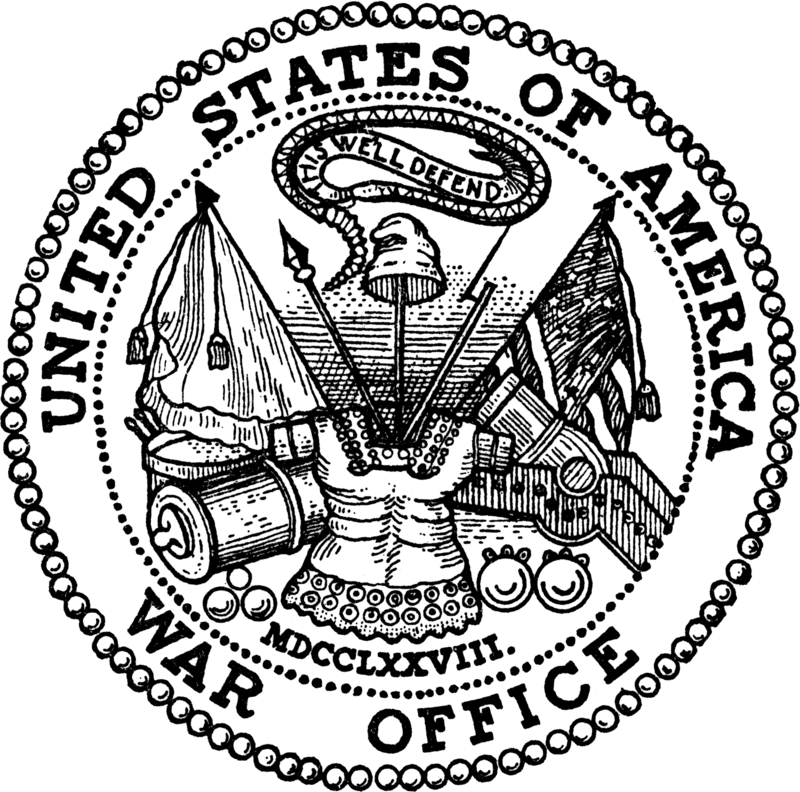dfars
Defence Federal Acquisition Regulation Supplements (DFARS).
How to comply to DFARS for cybersecurity.
Insights
We write about cyber, risk management and regulatory compliance.
Follow what we have to say here.
Services
The CMMC EU team are founding members of the US DoD CMMC program.
We inform, educate and engage.







